Description
ACER palmatum ‘Shishigashira’ is a wonderful little Japanese maple growing very slowly. Moreover, this makes it suited perfectly to small gardens as well.
It stands out among its peers by a very singular appearance. In fact, its crisped leaves grow very densely and closely together on the branches. The latter are quite erect.
Its bark is distinctly green and remains so as it ages.
In addition, its leaves take on an intense orange color in the fall (see photo) to brighten up the garden.
Finally, A. palmatum ‘Shishigashira’ is one of the last Japanese maples to lose its foliage. When its leaves have fallen in winter, it remains attractive with the beautiful shape of its branches.
To discover our entire collection of JAPANESE MAPLES currently available for sale, please click here.
How to plant ACER palmatum ‘Shishigashira’
You can plant this little Japanese maple not only in partial shade, but it can also tolerate full sun. By the way, it is one of the rare ACER palmatum to tolerate direct sun.
Use it for planting in a container or pot, isolated or in a bedding. It represents a plant of choice for Bonsai.
This tiny tree resists temperatures below -20 °C well.
Find a moderately humid place for it with light or normal soil and an acidic or neutral pH. If it is in the shade, it is also happy with less humid soil.
Tip: Avoid pruning it (except possibly dried branches). If you cannot do otherwise, prune it only at the beginning of June and apply a healing agent.
History and Origin
ACER palmatum ‘Shishigashira’ also bears the synonyms ACER palmatum ‘Crispifolium’ or ACER palmatum ‘Mejishi’.
ACER palmatum have been cultivated for centuries in Japan. However, gardeners in temperate zones in the rest of the world have used them since the 19th century. The British introduced the first specimen in 1821.
Carl Peter Thunberg drew them during his travels to Japan at the end of the 18th century. He then named them palmatum for their palmate-shaped leaves. The Japanese call them kaede or momiji regarding the “hands” of frogs and babies respectively.
The horticultural world has developed countless cultivars that can be found in Japan, Korea and China, and elsewhere in the rest of the world.
Japanese maples easily find a place, even in small gardens.
The term “Japanese maple” is also used to describe other species such as A. japonicum, A. pseudosieboldianum, A. shirasawanum, A. sieboldianum…
Finally, pharmaceutical and cosmetic companies use the vitexin that the leaves contain in autumn (during autumn coloring).

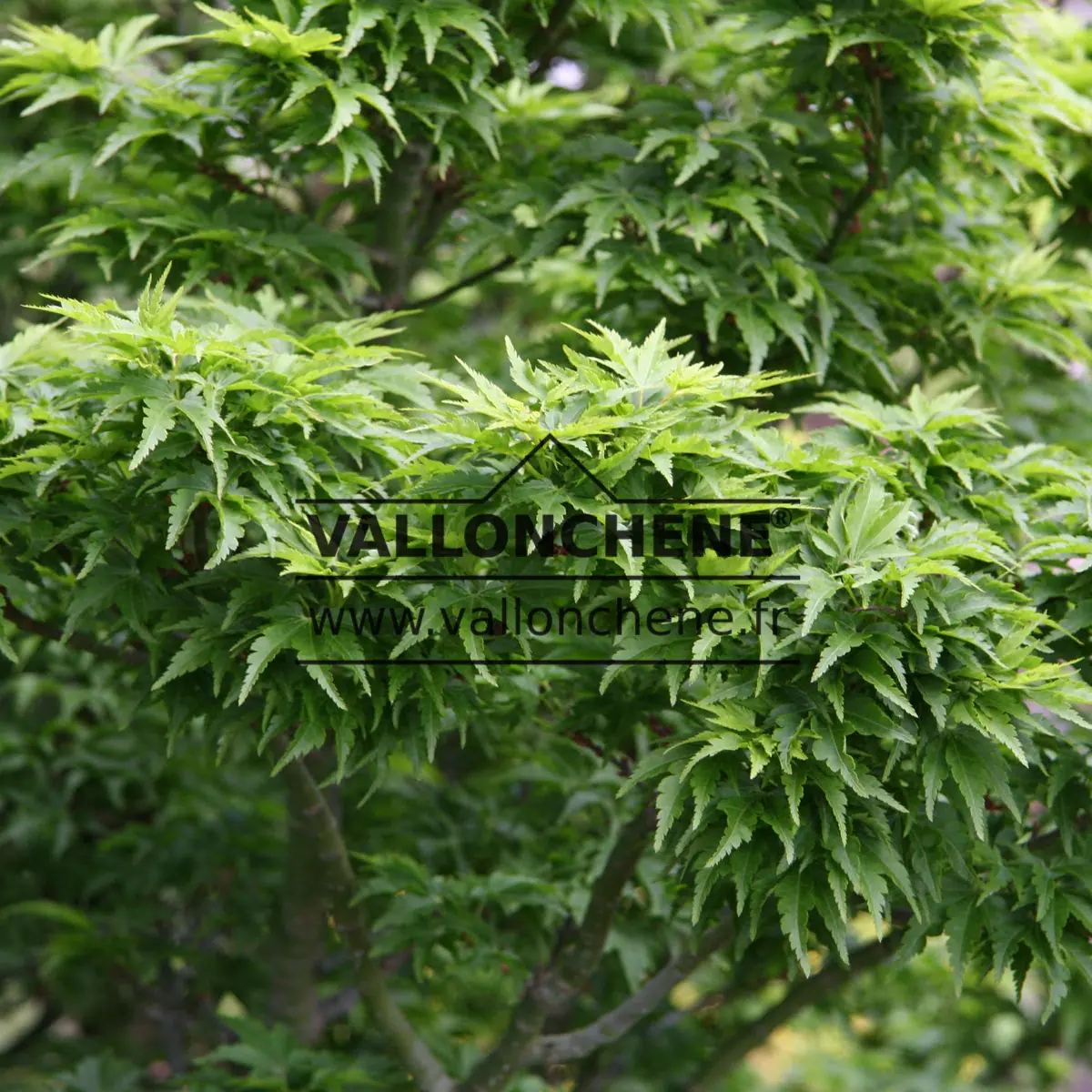
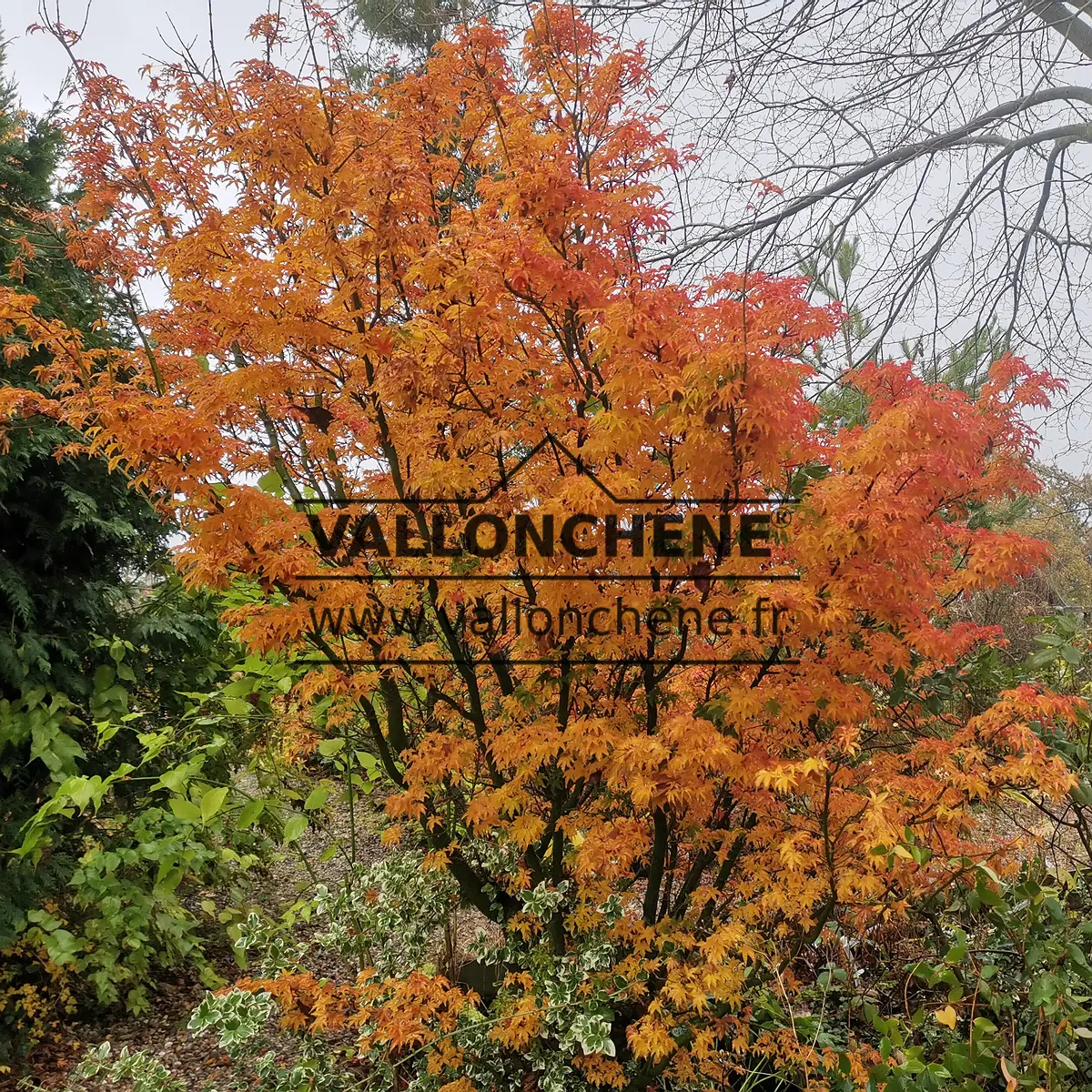
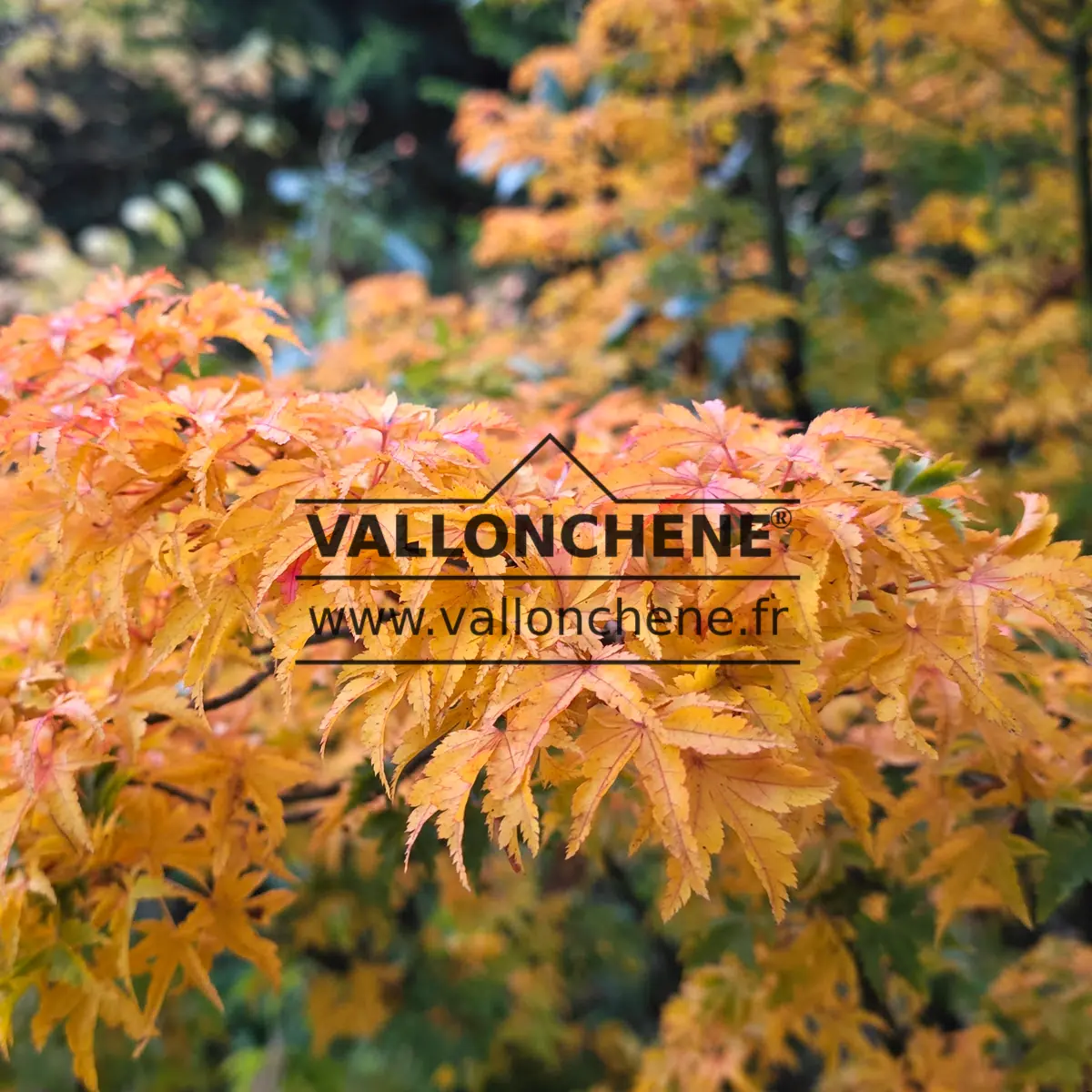
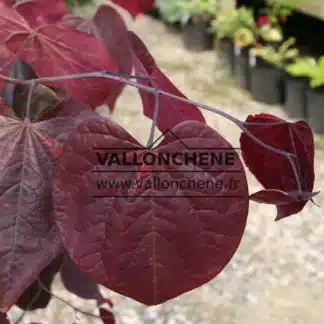
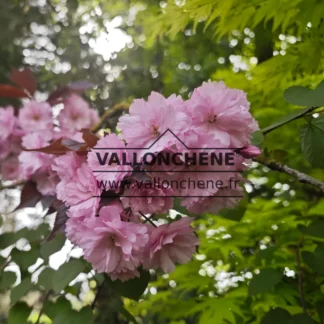
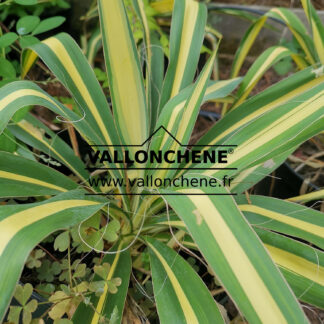

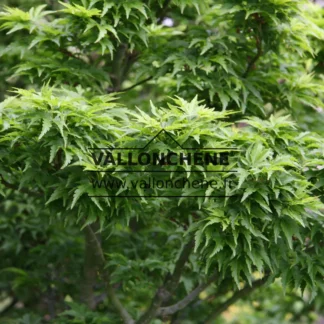
Reviews
There are no reviews yet.